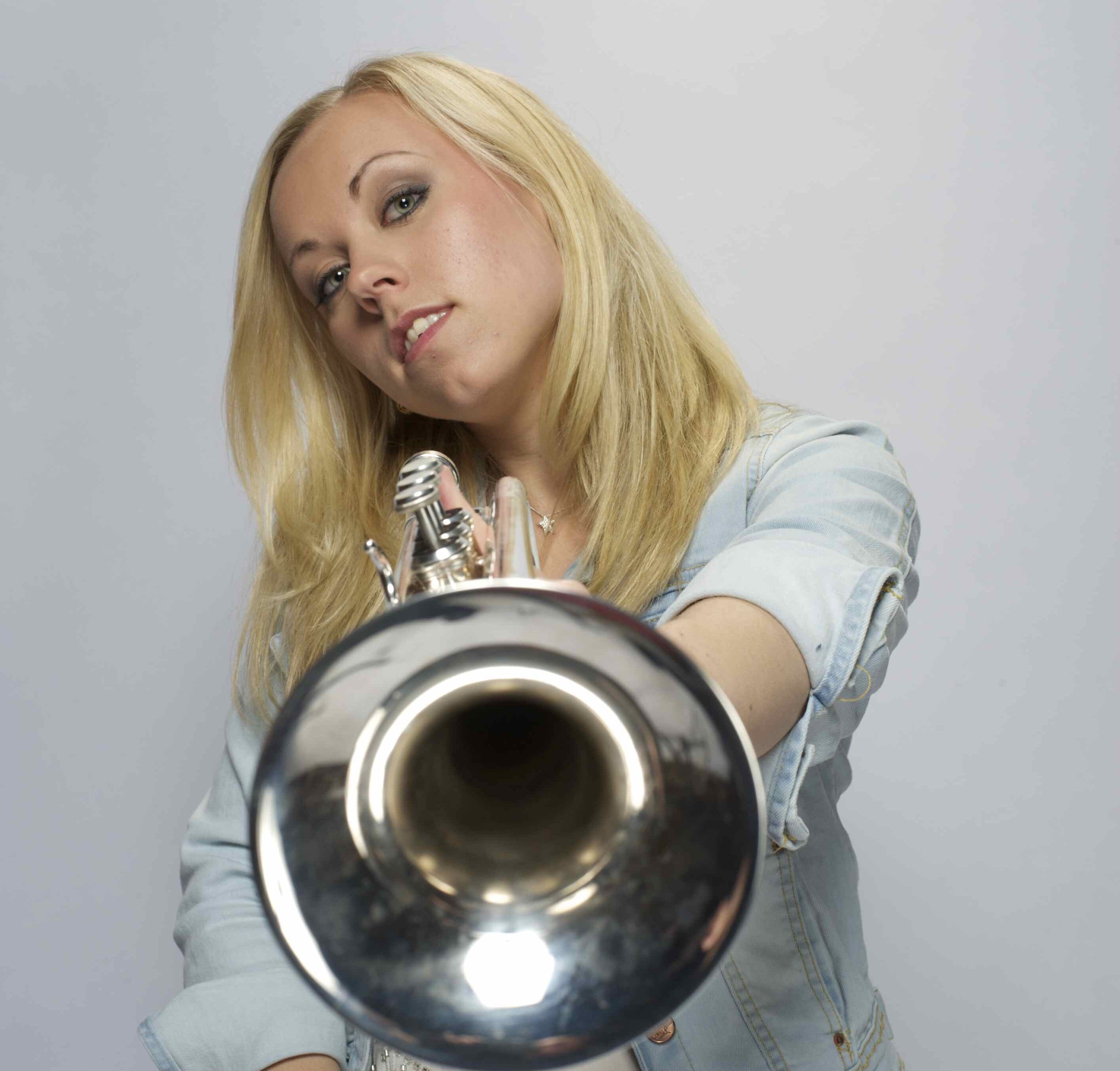Tag: trumpet
-

PROGRAM NOTES: TINE THING HELSETH
Tine Thing Helseth, trumpet Havard Gimse, piano Next Generation Series at The Vancouver Playhouse Sunday, February 5, 2012 Bohuslav Martinů: Sonatina for Trumpet and Piano Bohuslav Martinů followed in the footsteps of his compatriots Dvořák, Smetana, Janáček and Suk in the incorporation of elements from Bohemian and Moravian folk music into his works. Martinů was…

